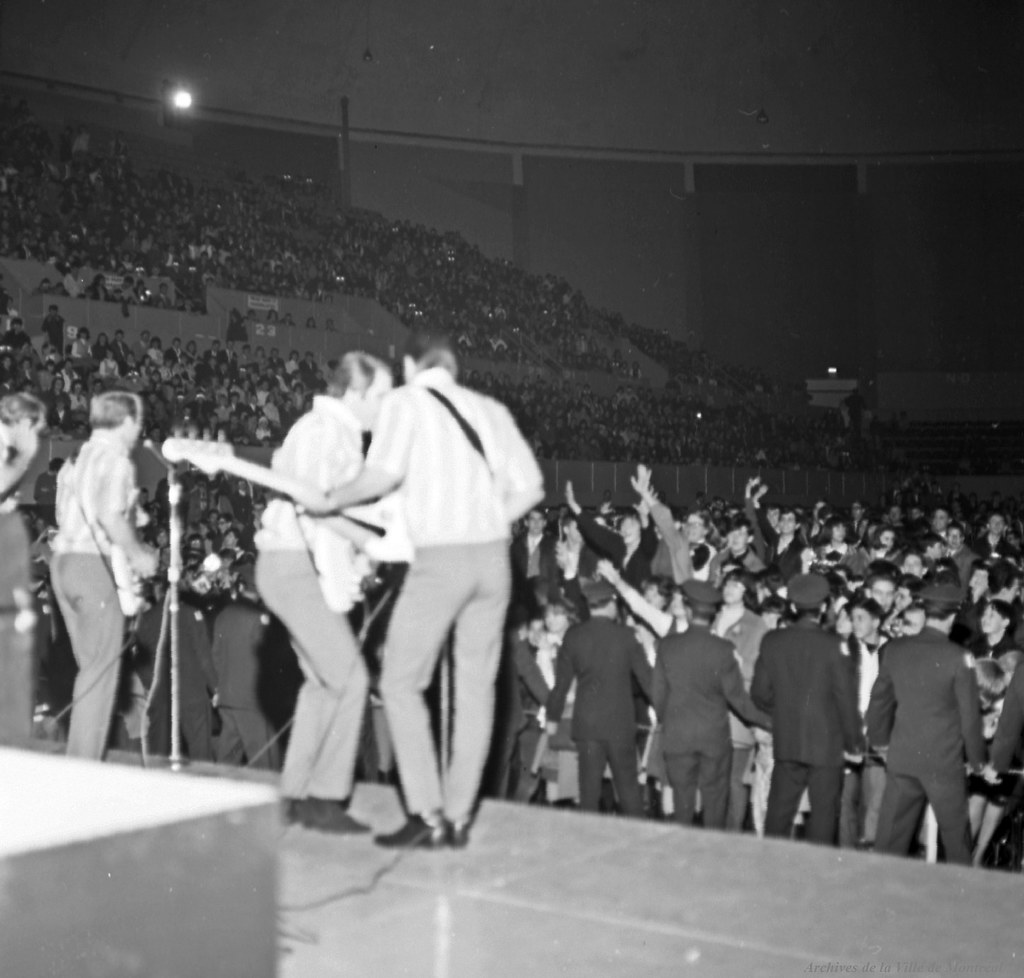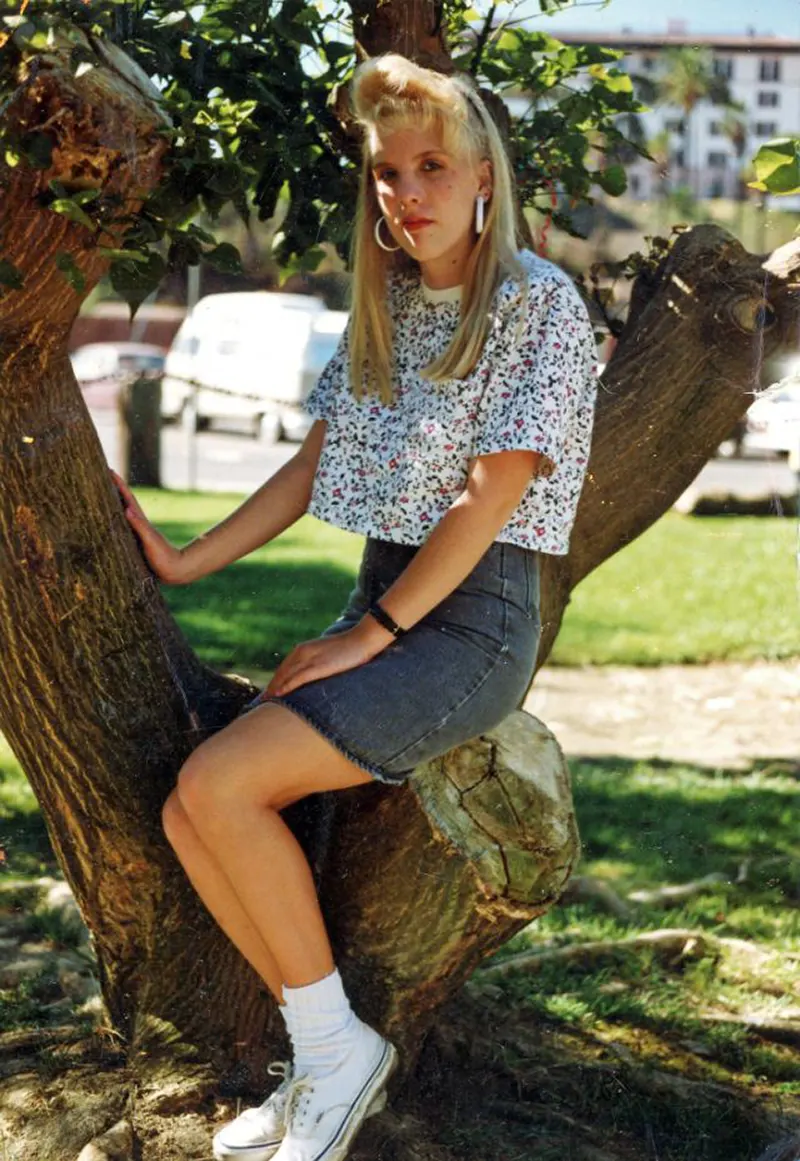
Marilyn Monroe, a name that resonates with unparalleled glamour, mystery, and tragedy in equal measure. An emblem of beauty and vulnerability, Monroe has captivated the imagination of generations, standing as an immortal icon of Hollywood’s golden era. Yet, beneath the glitz and the public persona, there existed a woman far more complex and enigmatic than the world was allowed to see. Drawing from a wealth of sources including the 2015 American drama miniseries, biographies by J. Randy Taraborrelli, and various portrayals that have attempted to piece together her hidden world, this article promises to delve deeper than ever before into Marilyn’s concealed struggles, intimate secrets, and the relentless pursuit of a love and stability that eluded her throughout her life.
From her tumultuous childhood marked by a mentally unstable mother and a succession of foster homes, to her meteoric rise in Hollywood against all odds, Marilyn’s story is one of stark contrasts. Her marriages, her battle with mental health, and her sophisticated intellectual pursuits away from the camera lens reveal a multifaceted individual, often overshadowed by her own fame. Despite her enduring legacy as a sex symbol, Marilyn sought recognition for her talent and yearned for genuine human connection beyond the flashbulbs and headlines.
As we peel back the layers of Marilyn’s life through the lens of ‘The Secret Life of Marilyn Monroe,’ we embark on a journey to understand the woman who became a legend. This article is not just a recounting of events but an exploration of the human experience, showcasing the resilience, intelligence, and vulnerability of Marilyn Monroe. Join us as we uncover the stories and personal battles of one of the most scrutinized yet misunderstood figures in popular culture, promising a closer look at the enduring fascinations with her life and legacy.
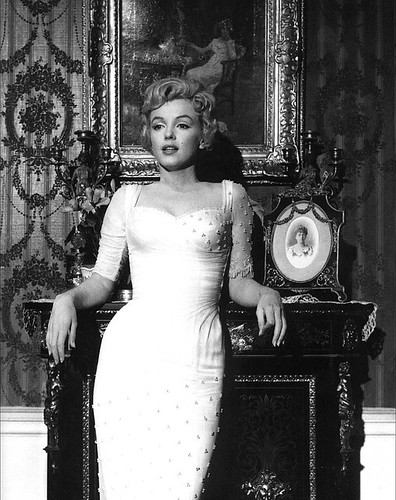
1. **The Fissured Foundations: Norma Jeane’s Labyrinthine Childhood**The narrative of Marilyn Monroe, or rather Norma Jeane Mortenson, began not in the radiant glow of Hollywood, but amidst the profound instability of a childhood fraught with uncertainty. Born on June 1, 1926, Norma Jeane was the daughter of Gladys Baker and Charles Stanley Gifford. Her mother, Gladys, described as a complicated woman, found herself alone at the time of Norma Jeane’s birth, navigating a society that often frowned upon single mothers.
Struggling immensely under this societal pressure, Gladys made the difficult decision just two weeks after Norma Jeane’s birth to place her daughter with Ida and Wayne Bolender, neighbors of Gladys’s own mother, Della Monroe. For nearly seven years, the Bolenders provided a semblance of stability, caring deeply for Norma Jeane and even expressing a desire to adopt her. This proposition, however, was met with staunch opposition from Gladys, who had previously lost two children when her first husband relocated them out of state post-divorce. She was resolute in her determination to prevent such a loss from recurring.
By 1933, Gladys made another pivotal move, bringing Norma Jeane to live in a house she shared with an English couple, Mr. and Mrs. Atkinson, who were involved in the film industry. Yet, this new living arrangement did little to quell the burgeoning anxieties in young Norma Jeane’s life. The ensuing period became a veritable maze of insecurities and confusion, setting a somber tone for her nascent years.
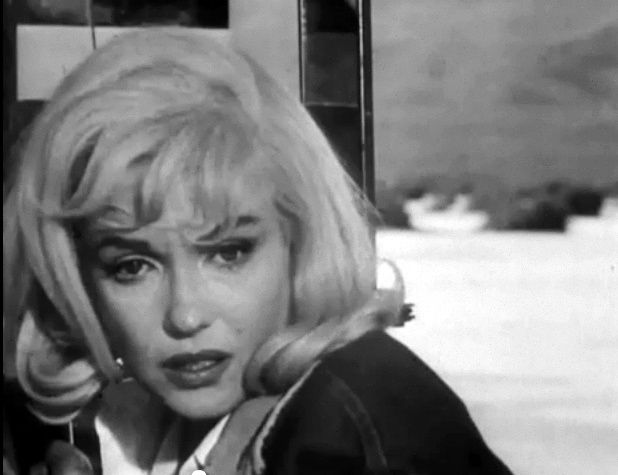
2. **Gladys Pearl Baker: The Spectral Shadow of a Mother’s Illness**Gladys Pearl Baker’s own life was marked by profound tragedy and mental fragility, casting a long, spectral shadow over Norma Jeane’s developing psyche. Shortly after Norma Jeane moved in with the Atkinsons and Gladys, devastating news struck: Gladys’s grandfather, Tilford Hogan, committed suicide, followed by the tragic death of her son, Robert. Gladys, who had always been emotionally volatile, was pushed over the edge by these calamitous events.
In a moment of raw despair and anguish, she reportedly screamed at her bewildered child, “Why couldn’t it have been you?” This chilling outburst was a harbinger of the severe mental health crisis that engulfed Gladys. Soon after, she suffered a nervous breakdown that necessitated her institutionalization, a pattern that would regrettably continue for the rest of her life, keeping her in and out of various institutions.
For Norma Jeane, her mother’s sudden and dramatic disappearance was a trauma almost beyond bearing. Compounded by her young age and vulnerability, the lack of clear information regarding Gladys’s whereabouts led Norma Jeane to a profound and heartbreaking conclusion: she came to believe that her mother had died. This belief, born of confusion and abandonment, only deepened as her new guardian, Grace Goddard—Gladys’s best friend—packed Norma Jeane’s bags and took her to the Los Angeles Orphans Home, cementing a sense of loss that would linger throughout her life.

3. **Unseen Wounds: The Trauma of Norma Jeane’s Early Vulnerabilities**The emotional landscape of Norma Jeane’s early years was further scarred by events that would haunt her adult life, including a harrowing sexual assault. While residing in one of her temporary homes, she endured a sexual assault by a new lodger. This traumatic experience, coupled with the continued silence and obfuscation regarding her mother’s condition, left Norma Jeane in a state of profound distress and isolation. The world around her seemed to conspire to keep secrets, reinforcing a pervasive sense of insecurity.
The period following her mother’s breakdown was characterized by a succession of foster homes, each offering a transient glimpse of normalcy before yet another transition. After a year at the Los Angeles Orphans Home, Norma Jeane was moved through a series of temporary living situations. One of the most significant of these was with Ana Lower, Grace Goddard’s aunt, who would become one of the most influential figures in her young life.
Affectionately known as ‘Aunt’ Ana, she was eager to provide care and stability for the energetic youngster. However, Aunt Ana’s own health limitations meant that this sanctuary was also temporary. Norma Jeane was, once again, transferred to another foster home, a continuous cycle of displacement that instilled a deep-seated longing for a permanent and loving environment, a longing that would define many of her future decisions.

4. **The Unraveling Knot: Jim Dougherty and Marilyn’s First Foray into Matrimony**Faced with the daunting prospect of another stint in an orphanage, a young Norma Jeane found herself contemplating an unexpected path to stability: marriage. In 1942, at the tender age of 16, she married Jim Dougherty, a neighbor of the Goddard family with whom she was then living. The union was not born of passionate romance but rather necessity, as Norma Jeane’s foster family was preparing to move east, requiring someone to assume guardianship of their young charge.
Grace Goddard, recognizing the predicament, discussed the matter with Jim Dougherty’s mother, and together they approached the young couple with the proposition of marriage. For Jim, it was a chance to embody the role of a knight in shining armor, to ‘save’ her from the orphanage, a challenge he embraced wholeheartedly. Norma Jeane, however, was deeply conflicted. While the idea of avoiding the orphanage was appealing, marriage itself had never crossed her mind, a sentiment she later encapsulated by saying, “It was like being retired to a zoo.”
The marriage lasted four years, during which Jim was deployed to war, and Norma Jeane moved in with his parents. Bored and lonely, she sought employment at a defense plant, a decision that inadvertently altered the course of her destiny. It was there that a photographer, tasked with documenting the war effort, discovered her. These photographs swiftly launched her into a nascent modeling career, a profession she pursued with zeal, leaving the defense plant as soon as circumstances allowed.
Upon Jim’s return from the war, he expected his wife to relinquish her newfound career and embrace the role of a homemaker, dedicated to starting a family. Norma Jeane, however, had other plans. Her response was decisive and shocking to Jim: she traveled to Las Vegas and filed for divorce. This pivotal moment marked not only the end of her first marriage but also a clear statement of independence and a determined pivot toward a future of her own making, irrespective of conventional expectations.
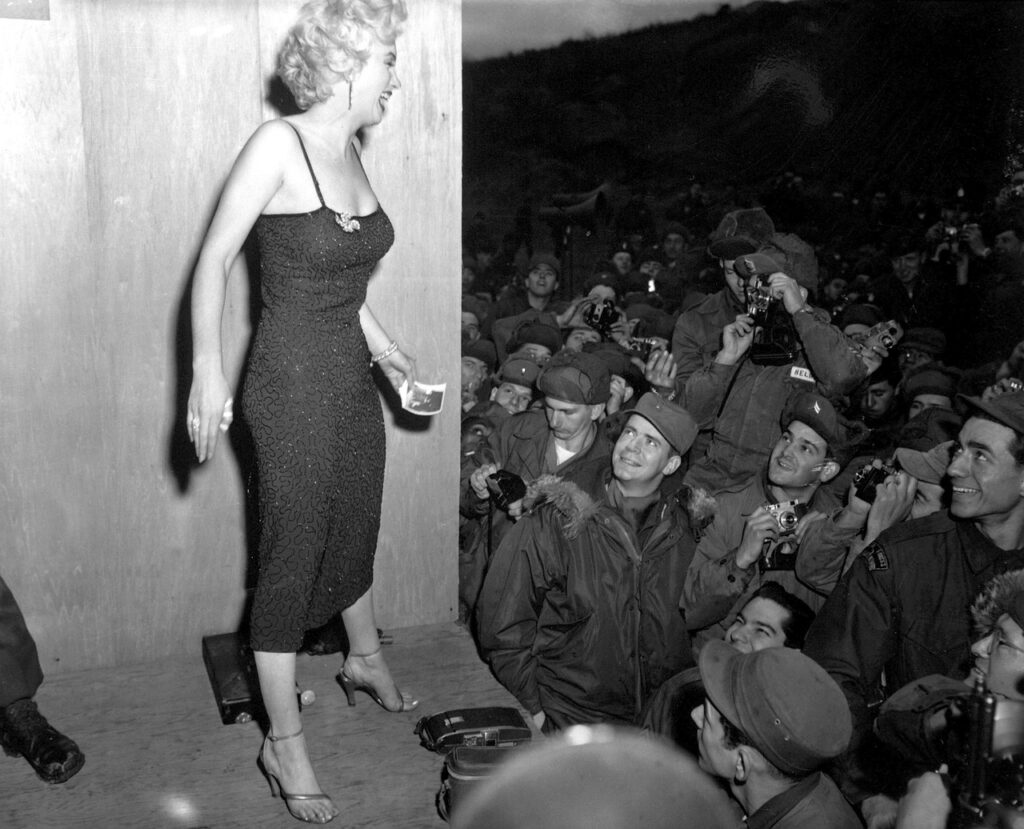
5. **Metamorphosis into Myth: The Cautious Genesis of Marilyn Monroe**The transformation from Norma Jeane Mortenson to the iconic Marilyn Monroe was a carefully orchestrated, though sometimes hesitant, genesis of a legend. Her burgeoning modeling career, ignited by that fateful encounter at the defense plant, quickly gained momentum. She became well-known from magazine covers, her image captivating an ever-wider audience. This visibility proved to be the golden ticket.
Upon her return to Los Angeles, the young model received an invitation that would change her life forever: a screen test at Twentieth Century Fox. The test was successful, leading to a contract that marked her official entry into the hallowed halls of Hollywood. However, this entry came with a significant caveat—a mandatory change of name. Norma Jeane would have to become Marilyn Monroe.
While she didn’t object to changing her last name to Monroe, it was the first name, Marilyn, that gave her pause. She later confided to friends that she had no idea how to spell it, a small detail that nonetheless highlighted the artificiality of this new persona being crafted for her. Despite her initial misgivings, the name was adopted, and from that moment forward, Norma Jeane Baker was ostensibly Marilyn Monroe.
This new identity, however, was more than just a name; it was the birth of a public myth. The studio sought to mold her into a specific archetype, capitalizing on her undeniable allure. This professional renaming was a crucial step in creating the glamorous, enigmatic figure that would come to captivate the world, forever divorcing her public image from the complex, often troubled girl named Norma Jeane.
6. **Hollywood’s Crucible: Stalled Ascent and the Agent Who Believed**Despite the promising start with a contract at Twentieth Century Fox, Marilyn Monroe’s early career in Hollywood proved to be a crucible of frustration and false starts. Her ascent was far from smooth, marked by several occasions where her career stalled. Contracts went un-renewed, and roles, such as her part in ‘Scudda Hoo Scudda Hay,’ ultimately ended up on the cutting room floor, a disheartening fate for an aspiring actress.
These initial setbacks highlighted the ruthless, often dismissive nature of the studio system, which struggled to see beyond the surface glamour to the potential talent beneath. It was during this period of professional uncertainty that a pivotal figure entered her life: the powerful agent Johnny Hyde. Recognizing something extraordinary in Marilyn, Hyde became her champion, believing fiercely in her capabilities when others faltered.
Hyde’s intervention was instrumental; he successfully put her forward for the small yet crucial role of Angela in ‘The Asphalt Jungle.’ This role, though minor, provided Marilyn with a much-needed opportunity to showcase her burgeoning talent. Beyond his professional guidance, Hyde and Marilyn became lovers, a relationship that spurred whispers and speculation within Hollywood circles.
However, any rumors suggesting Marilyn pursued the aging agent for his financial benefit were, according to accounts, completely unfounded. Indeed, Hyde, deeply smitten, asked her many times to marry him, a proposition she consistently declined. His unwavering belief and support were invaluable, providing a lifeline during a challenging phase. Tragically, after Johnny Hyde’s death, Marilyn channeled her grief and gratitude into an even more intense dedication to her career, determined to honor his faith in her and carve her own indelible mark on the industry.
7. **The Tumultuous Twists: Marilyn’s Marriage to Joe DiMaggio**As Marilyn Monroe’s star ascended in the cinematic firmament, her personal life continued its relentless search for an anchor, leading her into one of Hollywood’s most talked-about unions. In 1952, the dazzling actress met and fell deeply in love with retired baseball legend Joe DiMaggio, a pairing that instantly captivated the public imagination. Their romance, a potent blend of Hollywood glamour and American sporting heroism, promised a stability that Marilyn, scarred by a tumultuous childhood, desperately craved.
Yet, this promise of peace proved elusive. By the close of 1953, a deep-seated frustration began to fester within Marilyn. She yearned for more substantial, challenging roles, a stark contrast to the studio’s persistent attempts to typecast her. When directed to report for a part she found particularly unappealing, Marilyn, in a decisive act of defiance, fled to San Francisco and, in a whirlwind decision, married Joe DiMaggio. This bold move resulted in a studio suspension, a clear testament to her burgeoning independence and her refusal to be merely a pawn in Hollywood’s game.
While the suspension was eventually lifted, allowing her to star in films like ‘There’s No Business Like Show Business’ and the iconic ‘The Seven Year Itch’ in 1954, it was the latter that inadvertently triggered the unravelling of her marriage. The infamous publicity scene, capturing Marilyn’s white dress billowing over a subway grate, became an enduring image. However, a furious Joe, observing the spectacle and the gawking photographers, erupted in a violent, highly-charged argument. This devastating confrontation was enough for Marilyn to recognize the irreconcilable differences and file for divorce, concluding a passionate yet ultimately unsustainable union unable to withstand the intense glare of her burgeoning fame and DiMaggio’s pronounced jealousy.
8. **The Intellectual Union: Arthur Miller and the ‘Egghead and the Hourglass’**The dissolution of her marriage to DiMaggio ushered in a period of profound personal introspection for Marilyn Monroe in 1955. Seeking more than just romantic fulfillment, she embarked on a journey of self-discovery, relocating to New York. There, she boldly established her own film company with photographer Milton Greene, a pioneering move challenging the studio system’s iron grip. Simultaneously, she immersed herself in acting lessons and psychoanalysis, attending theater regularly and engaging in deep conversations with renowned actors, striving to cultivate her intellectual and artistic depth.
It was during this transformative phase that Marilyn’s path intersected with that of Arthur Miller, the celebrated playwright. Their intellectual connection blossomed into romance, leading to their marriage in 1956. Their pairing, famously dubbed “the Egghead and the Hourglass,” was an unlikely yet intriguing alliance between Hollywood glamour and literary gravitas. Monroe saw in Miller a kindred spirit, offering an intellectual companionship that aligned with her aspirations for personal growth and a stability distinct from her previous turbulent relationships.
However, even this seemingly more grounded union was not without its trials. The couple’s collaboration on the film ‘The Prince and The Showgirl’ in London during July 1956 proved to be an unhappy experience for all involved. Marilyn’s world was further shaken by the discovery of Arthur’s notebook, which revealed his profound disappointment with his new wife, suggesting a chasm between their expectations and realities. This painful revelation cast a shadow over their attempts to build a normal life upon their return to New York.
Ultimately, their relationship fractured following Miller’s creation of the character Roslyn for Marilyn in ‘The Misfits,’ co-starring Clark Gable. The role, intensely personal and raw, mirrored elements of Marilyn’s own life so closely that it became a catalyst for their final separation. By the time filming concluded, Marilyn found herself once again navigating life alone, her quest for an enduring, fulfilling love remaining unfulfilled, leaving a poignant theme that resonated throughout her existence.
9. **A Mother’s Longing: Marilyn’s Struggles with Pregnancy and Loss**Amidst the public spectacle of her marriages and career, Marilyn Monroe harbored a deeply private and profound longing for motherhood, a desire that was tragically and repeatedly thwarted. Her efforts to conceive and carry a child to term were met with devastating setbacks, painting a heartbreaking picture of her struggles with fertility and loss. This unfulfilled yearning added another layer of sorrow to her already complex inner world.
During her marriage to Arthur Miller, Marilyn endured several heartbreaking miscarriages, one in 1957, and another particularly poignant loss while she was in the midst of filming the highly successful ‘Some Like It Hot.’ Each loss was a profound blow, intensifying her determination to experience the joys of motherhood. She underwent multiple failed operations in a desperate attempt to overcome her reproductive challenges, pursuing every avenue available to realize her dream of starting a family.
After her final surgery in 1959, the stark reality of her situation was delivered by her doctor. Before he could even articulate the unsuccessful outcome, Marilyn, with a heartbreaking resignation, simply stated, “I already know.” It was a moment of stark acceptance, signaling the end of her attempts to become a mother. This deeply personal struggle illuminated a vulnerability largely unseen by the public, revealing the immense emotional toll of her thwarted hopes and the quiet despair that accompanied this profound, unfulfilled longing.
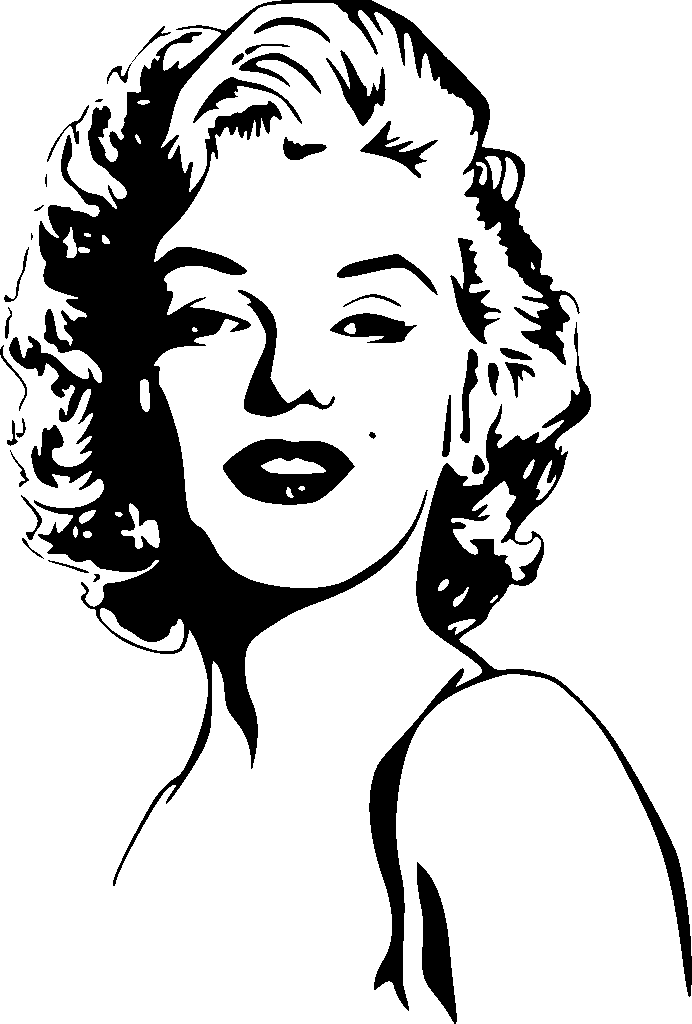
10. **The Unseen Battle: Marilyn’s Descent into Substance Dependence and Mental Health Crisis**The years following her separation from Arthur Miller plunged Marilyn Monroe into a series of deeply troubling lows, revealing a woman battling profound internal demons far removed from her glamorous public image. Her mental health struggles escalated dramatically, exacerbated by an increasing reliance on substances. The context suggests that her professional frustrations, particularly being “typecast as a fantasy object and not taken seriously as an actress,” significantly contributed to her descent into “despair and drugs.”
One of the most harrowing episodes occurred when she was allegedly blamed for Clark Gable’s death, who passed away shortly after filming ‘The Misfits.’ Feeling suicidal, Marilyn sought help, agreeing to check into a hospital for rest. However, this attempt at recovery took a dark turn as she was mistakenly admitted to a ward for seriously disturbed patients. This traumatic misplacement highlighted the fragility of her support system and the challenges she faced in finding appropriate care for her escalating mental health crisis. It was only through the fierce intervention of Joe DiMaggio, who threatened to dismantle the hospital “brick by brick,” that she secured her release, underscoring the severity of her situation and the desperate need for genuine support.
New biographical insights, such as those from ‘The Last Days of Marilyn Monroe’ by James Patterson and Imogen Edwards-Jones, paint a harrowing portrait of Monroe’s final years. They reveal how she transformed from Hollywood’s “brightest starlet” into a “drug-addicted wreck,” utterly undone by fame, toxic relationships, and a spiraling dependence on “pills and barbiturates.” Her personal turmoil, encompassing three failed marriages and battles with depression, intensified, solidifying her path of self-destruction that spiraled out of control in the months leading up to her death.
Despite her public image of effortless charm and confidence, Marilyn’s private world was a constant battleground. She grappled with severe depression and anxiety, feeling the relentless scrutiny of Hollywood and the public. Her unyielding desire to be acknowledged as a serious actress often collided with the industry’s pervasive typecasting and exploitation, further fueling her despair. These unseen battles, fought in the shadows, reveal a vulnerable and deeply human side of Monroe, a cultural icon struggling desperately to maintain her footing against an onslaught of personal and professional pressures.
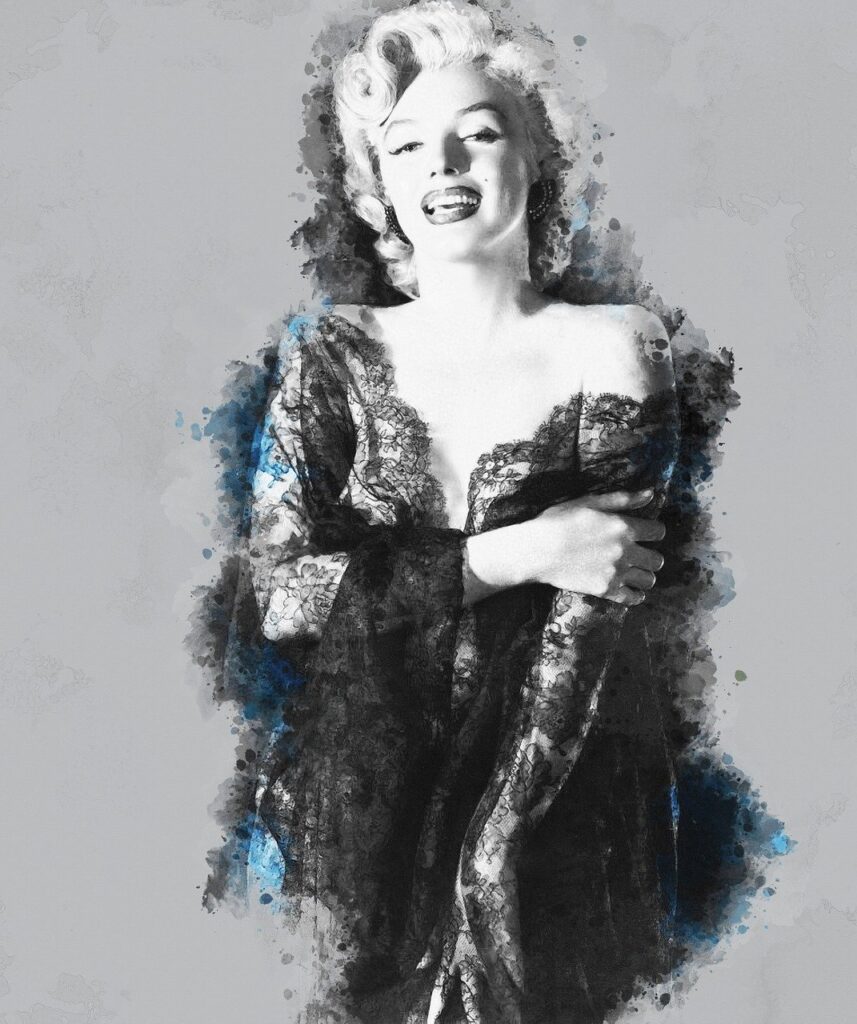
11. **The Enigma of August 4, 1962: Marilyn’s Untimely Death**The final year of Marilyn Monroe’s life saw a poignant re-emergence of Joe DiMaggio as a steadfast friend, offering a beacon of stability amidst her deepening struggles. Their companionship during this period—marked by visits to Florida, relaxed beach outings, and attending baseball games—sparked whispers of a possible romantic reunion in the tabloids. However, Marilyn consistently denied such claims, leaving the true nature of their renewed bond shrouded in the ever-present mystery that surrounded her life. What could have been a new chapter for the pair was abruptly cut short.
The world reeled with shock and sorrow on the night of August 4/5, 1962, when Marilyn Monroe was discovered dead. Her passing, at the tender age of 36, was officially ruled an apparent overdose. The news instantly transformed her into one of the most mythologized figures of the 20th century, cementing her status as an immortal icon whose life ended in a shroud of public grief and private questions. The abruptness of her death left an indelible mark, fueling an enduring fascination with her final moments.
Her body was found at her Brentwood home, an image that remains etched in the collective consciousness. Within hours of the tragic discovery, the initial shock gave way to a torrent of speculation that would persist for decades. The rapid onset of rumors, particularly those hinting at the Kennedy family’s potential involvement or knowledge, immediately complicated the narrative of her death. This early speculation laid the groundwork for the persistent conspiracy theories that would forever shadow the official account, ensuring that the circumstances of her passing would remain a subject of intense debate and investigation.
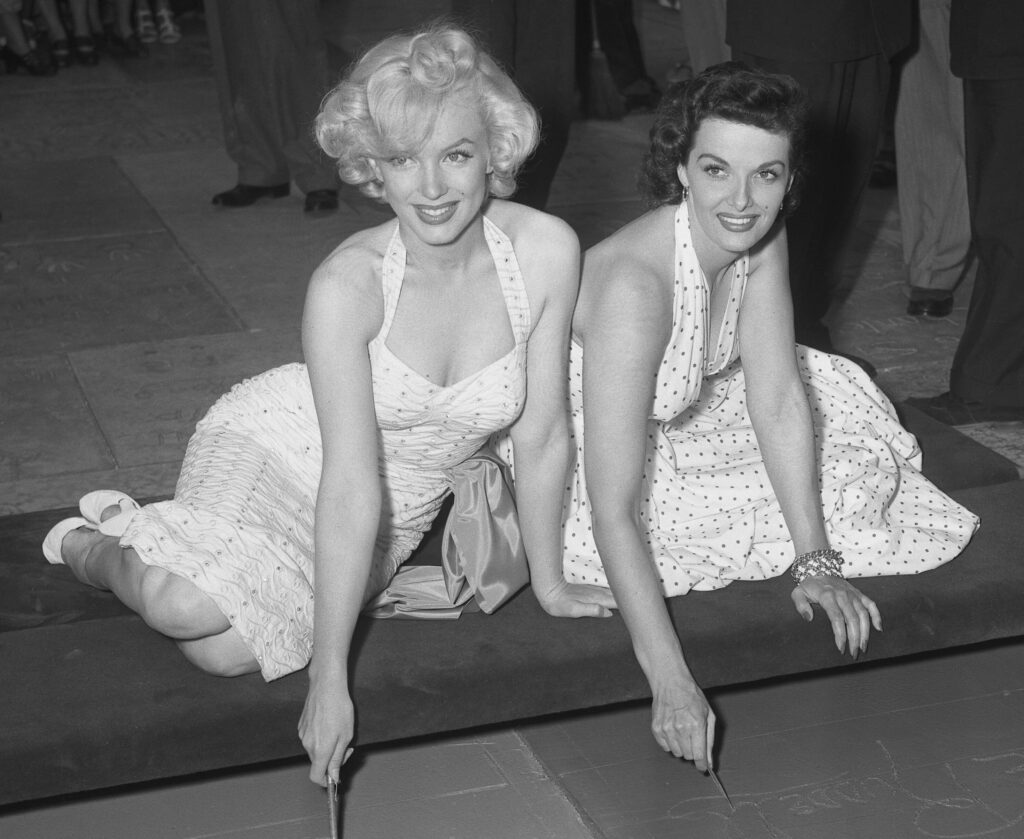
12. **Unanswered Questions: The Enduring Kennedy Conspiracy Theories**Over the many years since her tragic death, the circumstances surrounding Marilyn Monroe’s passing have become a fertile ground for numerous theories, challenging the official explanation of an apparent overdose. These theories often delve into the shadowy intersection of power, politics, and personal life, with particular focus on her alleged connections to the Kennedy family. While the truth remains elusive, these narratives contribute significantly to the enduring mystique of one of Hollywood’s most iconic figures.
One of the most persistent and widely discussed theories posits Marilyn’s involvement with the President of the United States, John F. Kennedy, or his brother, Robert Kennedy. Critics and biographers alike continue to debate the nature and extent of these relationships, with some suggesting that her alleged affairs with the Kennedy brothers ultimately fueled suspicions about her death. Although it has never been definitively proven, and any actual romantic relationship largely remains an “unfounded rumour,” the idea that she was silenced due to what she knew about the “politics clan” has become a cornerstone of many conspiracy narratives.
Indeed, accounts from the time confirm she famously sang for President Kennedy on his birthday and maintained friendships within his family, notably with his sister, Patricia Kennedy Lawford. However, these interactions are often cited as hardly forming the basis for an affair that would lead to such dire consequences. Yet, the question persists: was her death a suicide, an accidental overdose, or indeed “murder tied to the Kennedys”? Authors James Patterson and Imogen Edwards-Jones, in ‘The Last Days of Marilyn Monroe,’ acknowledge these lingering questions, stating they “don’t claim to solve it, but they bring readers back into that claustrophobic final chapter of her life.”
Ultimately, Marilyn Monroe took her deepest secrets to the grave, leaving behind a legacy punctuated by unanswered questions. The truth behind her death may forever elude us, with “any stories of her death that have come and gone through the years can only be speculative at best.” Perhaps, as some suggest, the fascination with her life itself is more captivating than the unresolved mystery of her end. By focusing on the extraordinary journey of Norma Jeane Baker, a girl who yearned for love and recognition, we honor her profound impact, rather than solely fixating on the tragic circumstances that continue to fuel endless speculation.
In the grand tapestry of Hollywood, Marilyn Monroe remains an enigma, a captivating blend of vulnerability, intelligence, and unparalleled star power. Her life, though marked by immense personal struggles and a tragic end, continues to resonate, reminding us of the human cost of fame and the enduring power of a legend who transcended her screen persona to become a timeless cultural icon. Her story, a testament to resilience and the relentless pursuit of authenticity, ensures that the world will never truly forget the woman behind the glamour, Norma Jeane Baker, who became the unforgettable Marilyn Monroe.





